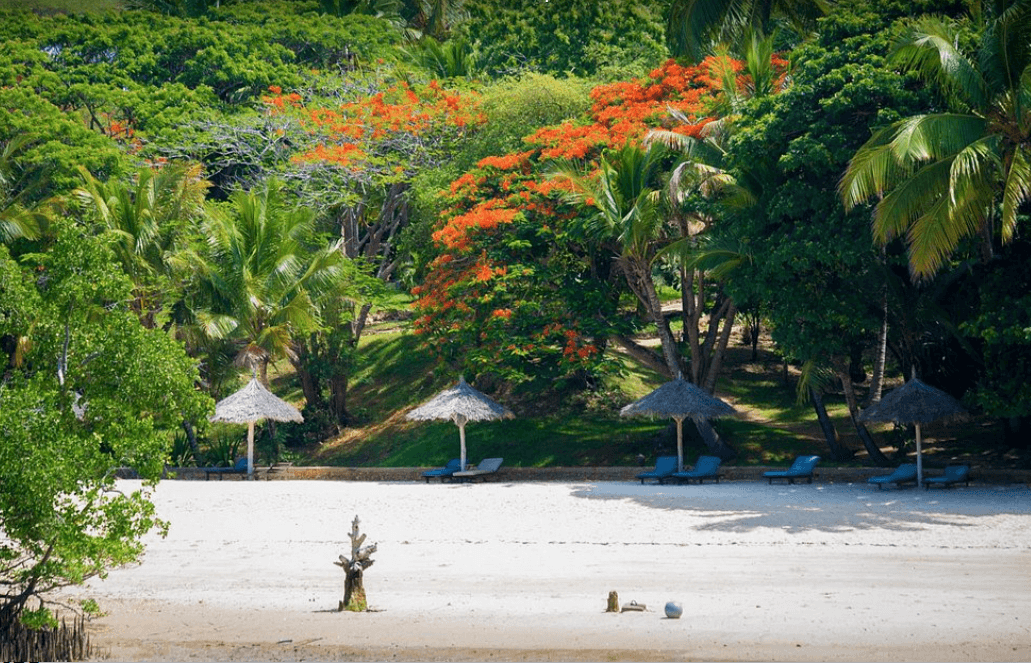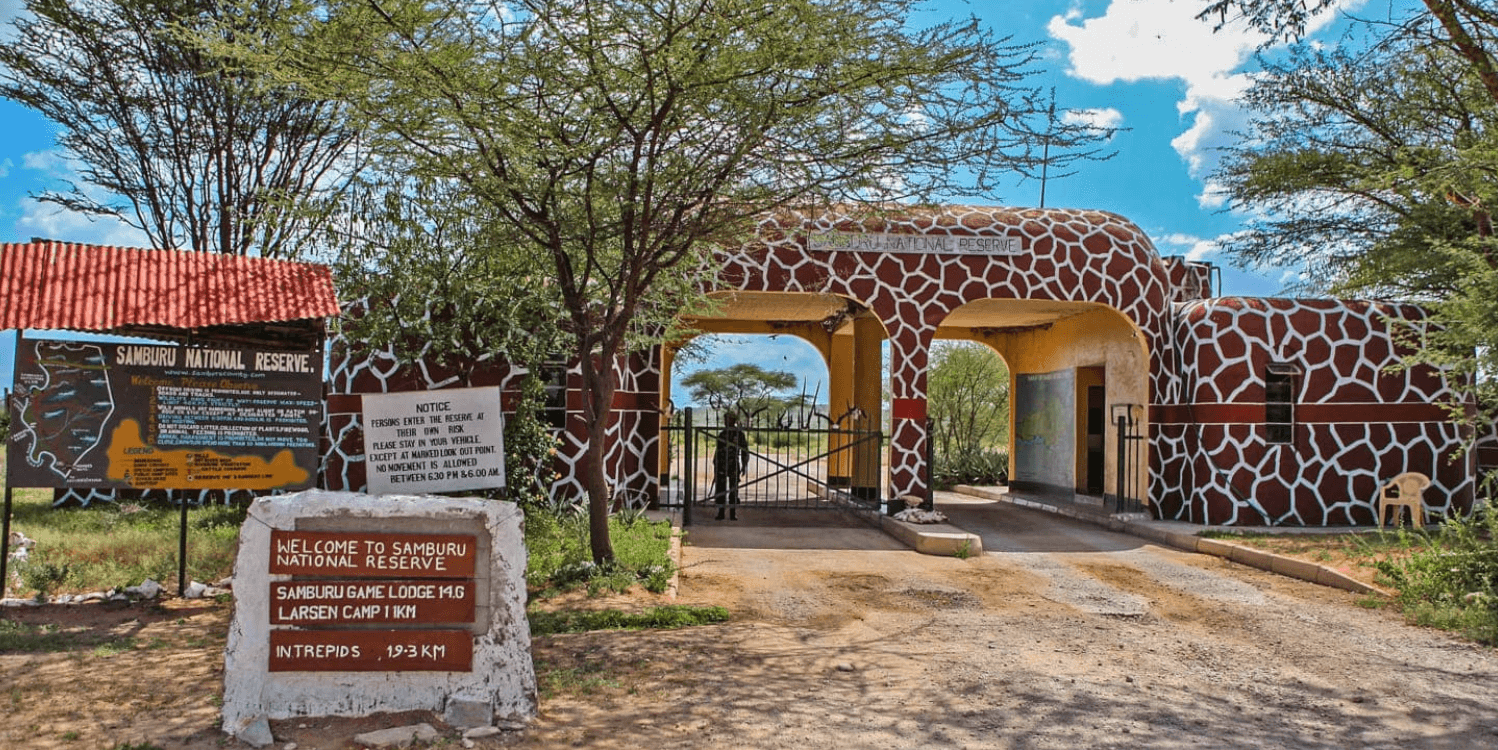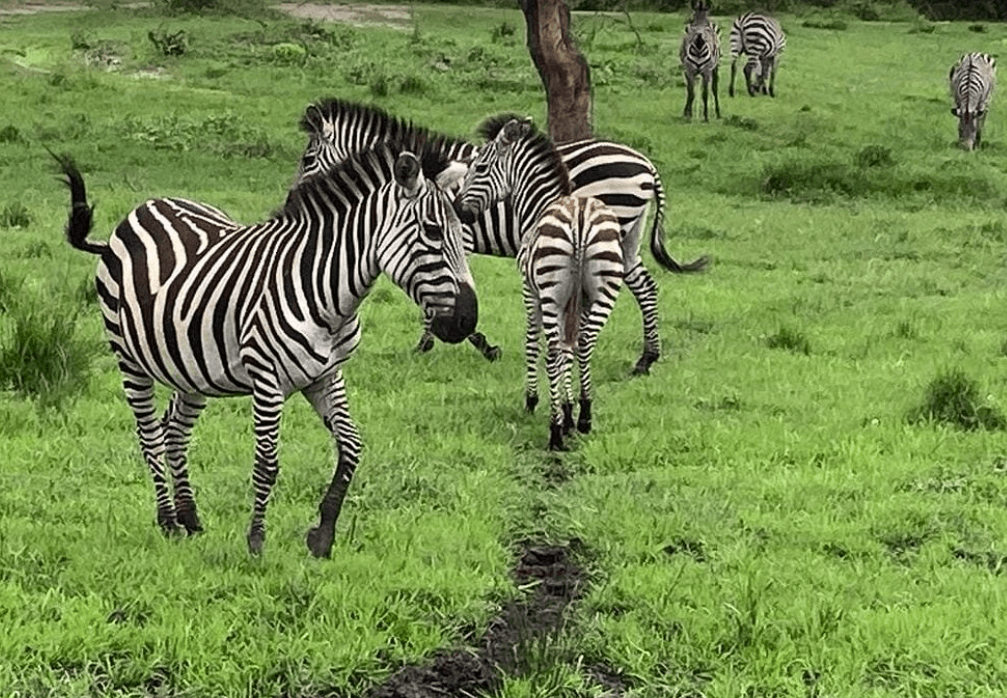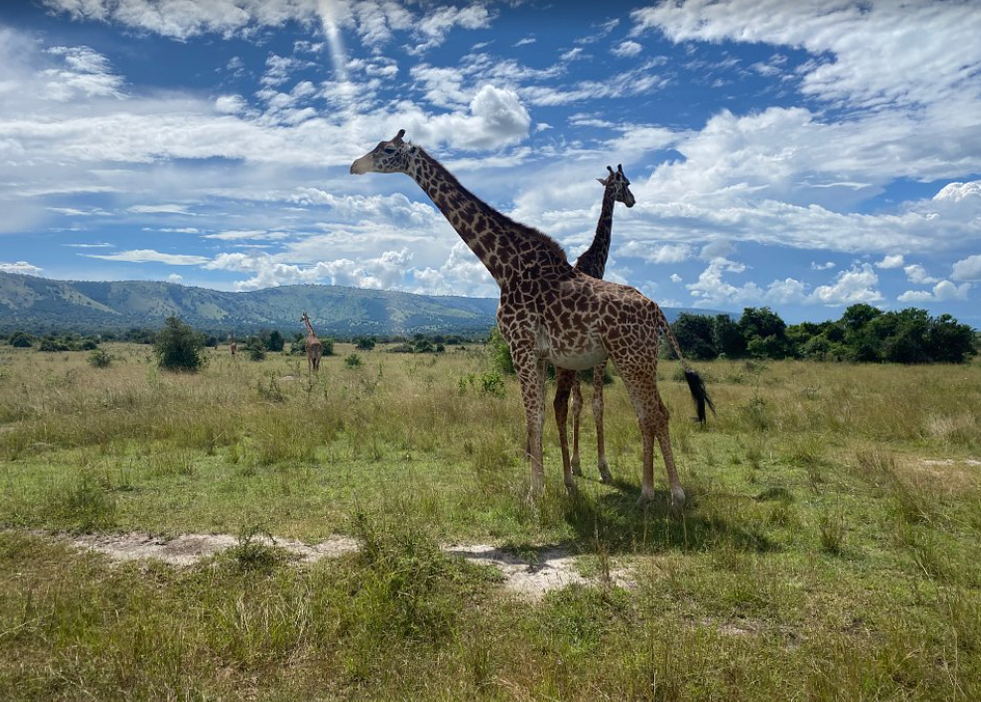Ngorongoro Conservation Area; All You Need To Know
The Ngorongoro Conservation Area (NCA) stands as one of Africa’s most awe-inspiring wildlife and geological spectacles. Spanning over 8,292 square kilometers, it captivates visitors with its stunning landscapes, diverse wildlife, and rich cultural history. At its core lies the magnificent Ngorongoro Crater, the largest inactive volcanic caldera in the world. This natural wonder provides a haven for a remarkable variety of species. In recognition of its global significance in conservation and cultural preservation, the NCA earned its status as a UNESCO World Heritage Site in 1979.
Along with its rich wildlife, the NCA is home to Olduvai Gorge, one of the most important paleoanthropological sites on the planet. The area exemplifies how wildlife and the Maasai people coexist, offering a unique model of sustainable land use and conservation efforts.
Location of Ngorongoro Conservation Area
The Ngorongoro Conservation Area is situated in northern Tanzania’s Arusha Region, lying along the eastern edge of the Great Rift Valley. It forms part of the Northern Safari Circuit, which includes Serengeti National Park, Tarangire National Park, and Lake Manyara National Park. Located just 180 kilometers from Arusha, a major safari hub, the NCA is easily accessible for travelers.
Geographically, the area stretches across various landscapes, including highland plateaus, volcanic craters, forests, and sweeping savannas. Its centerpiece, the Ngorongoro Crater, is approximately 75 kilometers from the Serengeti’s border, creating a natural migration corridor for wildlife.
Surrounding Features and Boundaries
Ngorongoro shares its western boundary with Serengeti National Park, allowing migratory wildlife to move freely between the two areas. To the east and south, the Ngorongoro Highlands rise steeply, providing a stunning contrast to the expansive savannas below. Olduvai Gorge, a site renowned for its archaeological discoveries, is located within the conservation area to the northwest. These diverse ecosystems support a rich array of wildlife, making Ngorongoro an essential part of the East African conservation landscape.
Due to its prime location in northern Tanzania, the NCA serves as a gateway to some of the region’s most famous wildlife reserves. Its proximity to key destinations and airports makes it a must-visit for anyone exploring East Africa’s natural wonders.
How to Get to Ngorongoro Conservation Area
Traveling to the Ngorongoro Conservation Area is straightforward, thanks to its accessibility from major tourist hubs in Tanzania.
By Air
The quickest way to reach Ngorongoro is by flying into Kilimanjaro International Airport (JRO) near Arusha. From there, it’s a scenic 3 to 4-hour drive to the NCA. Many international airlines fly into Kilimanjaro, making it easy to connect from various parts of the world. Alternatively, travelers can fly into Julius Nyerere International Airport (DAR) in Dar es Salaam and take a domestic flight to Arusha.
By Road
Most visitors start their journey in Arusha, often the launch point for safaris in northern Tanzania. The 180-kilometer drive from Arusha to Ngorongoro takes around 3 to 4 hours, with roads that are generally well-maintained. Guided safaris typically include transfers in comfortable 4×4 vehicles, perfect for the off-road terrain. If you’re already visiting Serengeti National Park, Ngorongoro is easily accessible by road, making it a seamless addition to your safari itinerary.
Private and Group Tours
Many tour operators offer all-inclusive packages that include transportation from Arusha or nearby areas, making it a hassle-free option for international travelers. These tours provide comfortable vehicles, expert guides, and flexible itineraries that ensure you get the most out of your visit to the conservation area.
Tourist Attractions and Activities at Ngorongoro Conservation Area
The Ngorongoro Conservation Area is rich with attractions and activities that provide unforgettable experiences for nature enthusiasts, history buffs, and adventure seekers alike.
1. Ngorongoro Crater
The Ngorongoro Crater is the most famous feature of the conservation area, often referred to as the “Eighth Wonder of the World.” The crater was formed around two to three million years ago when a massive volcanic explosion caused the volcano to collapse, creating a 260 square kilometer caldera. Today, the crater floor is home to over 25,000 large animals, including elephants, lions, black rhinos, zebras, and wildebeests.
- Game Drives: The crater provides one of the best wildlife viewing experiences in Africa. Game drives within the crater give visitors the opportunity to see a high concentration of wildlife in a relatively small area. Spotting the “Big Five” (lions, elephants, leopards, buffaloes, and rhinos) is a regular highlight for visitors.
- Bird Watching: The crater also attracts a wide variety of bird species, including flamingos that flock to Lake Magadi, a shallow soda lake located on the crater floor.
2. Olduvai Gorge
Known as the “Cradle of Mankind,” the Olduvai Gorge is one of the most important paleoanthropological sites in the world. Located within the NCA, this steep-sided ravine is where some of the earliest human fossils were discovered by the Leakey family in the 1950s. The findings at Olduvai have greatly contributed to our understanding of early human evolution.
- Guided Tours: Visitors can take guided tours of the site and the Olduvai Gorge Museum, where they can see ancient tools and fossils, including those of early hominids like Homo habilis.
3. Empakaai and Olmoti Craters
While not as famous as the Ngorongoro Crater, the nearby Empakaai and Olmoti Craters offer more intimate experiences for adventurers and nature lovers. Both craters are less crowded and provide excellent opportunities for hiking and exploring.
- Empakaai Crater: This crater is famous for its lake, which occupies much of the crater floor and attracts a wide variety of wildlife, including flamingos. The hike down into the crater is steep but offers stunning views of the surrounding highlands and nearby Oldoinyo Lengai, an active volcano revered by the Maasai.
- Olmoti Crater: The Olmoti Crater is smaller but offers beautiful landscapes and a more serene environment. A hike up to the rim provides views of waterfalls, lush vegetation, and occasional sightings of wildlife such as buffalo and antelope.
4. Cultural Interactions with the Maasai People
The NCA is not just about wildlife; it’s also home to the Maasai people, who have lived in harmony with the environment for centuries. The Maasai are known for their unique customs, distinctive red clothing, and semi-nomadic pastoral lifestyle.
- Maasai Village Visits: Visitors can participate in cultural tours where they can visit a traditional Maasai boma (homestead), watch Maasai warriors perform traditional dances, and learn about their way of life, including cattle herding and traditional medicine.
5. Lake Magadi
Located on the crater floor, Lake Magadi is a shallow alkaline lake that attracts large flocks of flamingos. The lake’s mineral-rich waters provide a stark contrast to the lush surroundings of the crater and serve as a vital water source for many animals.
6. Bird Watching
In addition to flamingos, the NCA is home to a wide range of bird species, making it a birdwatcher’s paradise. From raptors such as the African crowned eagle to water birds like pelicans and storks, the area’s diverse ecosystems attract over 500 bird species.
Accommodations at Ngorongoro Conservation Area
Whether you’re looking for luxury, mid-range, or budget-friendly accommodations, the Ngorongoro Conservation Area offers something for every traveler. Staying within or near the conservation area ensures quick access to the crater and other attractions.
1. Luxury Lodges
For those seeking a luxurious experience, there are several high-end lodges that provide exceptional service, stunning views, and easy access to the Ngorongoro Crater.
- Ngorongoro Crater Lodge: Is known for its opulent decor, world-class amenities, and stunning views of the crater floor. Guests can enjoy fine dining, personalized service, and luxurious suites that blend Maasai and colonial styles.
- The Highlands Ngorongoro: Offers unique combination of luxury and adventure, this lodge is set high on the slopes of the Olmoti Crater. The dome-shaped tents provide comfort and privacy while offering panoramic views of the highlands.
2. Mid-range Options
There are several mid-range accommodations that offer comfort without the luxury price tag. These lodges and camps are perfect for travelers looking for a good balance between cost and comfort.
- Rhino Lodge: Situated close to the crater rim, Rhino Lodge offers comfortable rooms, good food, and a cozy atmosphere. It’s a popular option for budget-conscious travelers who want easy access to the crater.
- Ngorongoro Wildlife Lodge: This mid-range lodge provides excellent views of the crater and has all the essential amenities for a comfortable stay.
3. Budget Accommodations
For budget travelers, there are several campsites and affordable lodges that offer basic but comfortable accommodations.
- Simba Campsite: Located on the crater rim, this public campsite offers spectacular views and a budget-friendly way to experience Ngorongoro. While the facilities are basic, the location makes it an excellent choice for adventurous travelers.
FAQs About Ngorongoro Conservation Area
Q: What is the best time to visit Ngorongoro Conservation Area?
A: The best time to visit Ngorongoro is generally during the dry season, which lasts from June to October. During these months, wildlife viewing is optimal, as animals are easier to spot since they tend to gather around scarce water sources. Moreover, the dry season provides excellent conditions for game drives, with fewer obstructions due to weather conditions.
Q: How long should I stay in Ngorongoro?
A: A stay of 2-3 days is ideal for exploring the Ngorongoro Crater, Olduvai Gorge, and other attractions. This allows ample time for game drives, cultural experiences, and hiking excursions.
Q: Can I visit both Ngorongoro and Serengeti in one trip?
A: Yes, many visitors combine Ngorongoro with a trip to Serengeti National Park. The two areas are part of the same ecosystem, and it’s common to include both in a northern Tanzania safari itinerary.
Q: Is it possible to hike in Ngorongoro Conservation Area?
A: Yes, hiking Introduction to Ngorongoro Conservation Area






